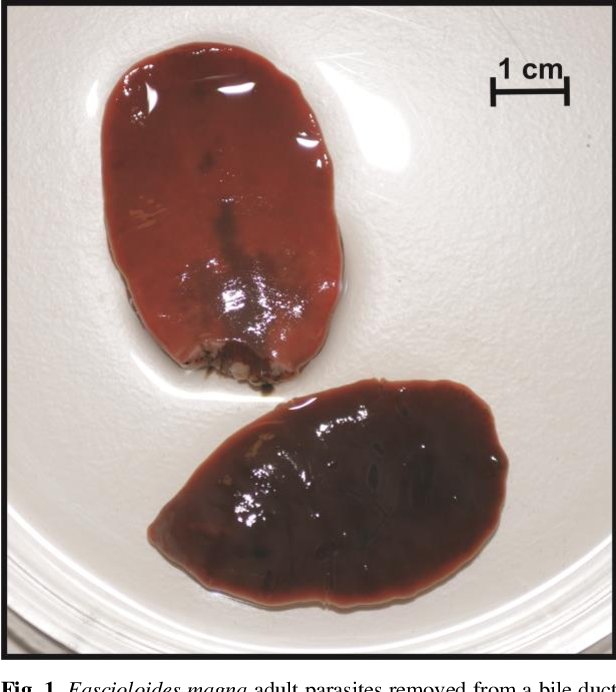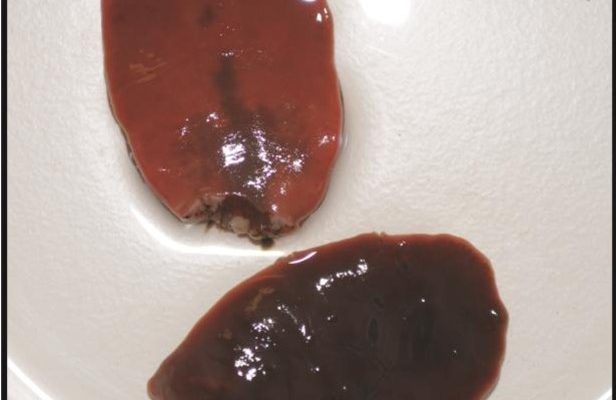
Now, let’s dive into the world of liver flukes. What exactly are they? Think of them as little hitchhikers that latch onto the livers of mammals, birds, and sometimes even fish. They thrive off their hosts but can cause significant harm in the process. Understanding the predators of liver flukes and the environmental threats they face can give us insights into the broader health of their ecosystems. Grab a cup of coffee, sit back, and let’s explore this fascinating topic together!
What Are Liver Flukes?
Liver flukes are flatworms belonging to the class Trematoda. These parasites have a complex life cycle that often involves multiple hosts. Typically, they start as eggs laid in the environment, which hatch into larvae and then find a freshwater snail to live in. After spending some time in the snail, they emerge as another form of larvae, ready to infect their next host.
Once they find a suitable host—usually a grazing mammal like sheep or cattle—they settle in the liver. Here, they can grow into adults and reproduce. It’s essentially a life cycle that goes from water to land and back again! Unfortunately, their presence in a host’s liver can lead to serious health issues. You might be wondering why these little guys matter. Well, they can affect not just their hosts but the larger ecosystem, including the plants and animals around them.
Predators of Liver Flukes
Just like any creature in the food chain, liver flukes have their fair share of predators. While they might seem invincible while nestled inside a host, they are not entirely safe. Animals like certain birds, frogs, and even other parasites can prey on liver flukes at various points in their life cycle.
For instance, various *herons* and *storks* feed on infected snails and other small creatures. When these birds consume infected hosts, they can help control liver fluke populations. Additionally, some *invertebrates*, like amphibians, might also consume fluke larvae in their aquatic stages. This natural predation is essential for keeping fluke populations in check and maintaining a balance in the ecosystem.
Key Predators
Understanding the key predators of liver flukes can shed light on their survival rates. Here are some notable predators:
- Herons: These birds are skilled hunters and often eat infected snails.
- Storks: Another bird that consumes snails and small infected animals.
- Frogs: At times, frogs will eat infected aquatic creatures, helping control larvae populations.
Each of these predators plays a part in limiting the number of liver flukes, which means they contribute to the overall health of their habitats.
Environmental Threats to Liver Fluke Populations
While there are natural predators of liver flukes, several environmental threats can significantly impact their populations. These threats are often a result of human activity or climatic changes. When it comes down to it, the health of liver fluke populations is directly tied to the ecosystems they inhabit.
One major environmental threat is pollution. As industries dump waste into water bodies, the quality of water decreases, which can harm the snails that serve as intermediate hosts for liver flukes. Without healthy snail populations, flukes struggle to continue their life cycle.
Another issue is climate change. Changing temperatures and weather patterns can disrupt the habitats of both liver flukes and their predators. For example, warmer temperatures might lead to fewer freshwater bodies, affecting snails and consequently liver fluke populations.
Impact of Habitat Destruction
Habitat destruction poses an additional risk to liver fluke populations. As urban development expands, natural habitats are lost. This not only reduces the number of available hosts for liver flukes but also disrupts their predators. Here’s how:
– Less natural habitat means fewer animals that can host liver flukes, leading to a decline in their populations.
– The loss of natural ecosystems can result in fewer predators, which means that if liver fluke populations do rise, they won’t have as many natural controls.
This domino effect illustrates how fragile ecosystems can be and highlights the importance of conservation efforts.
Human Impact on Liver Fluke Populations
Humans play a complex role in the lives of liver flukes. On one hand, agriculture can create environments ripe for fluke infestations, especially in livestock. For example, when grazers are kept in damp areas, they’re more likely to encounter infected snails. This direct interaction can lead to higher rates of fluke infections in livestock, which can have economic consequences for farmers.
On the other hand, humans also have the power to protect these ecosystems. By implementing sustainable agricultural practices and reducing pollution, we can help maintain the balance necessary for both liver flukes and their predators to thrive.
Conservation Measures
Here are some effective conservation measures to support liver fluke populations and their ecosystems:
- Protect Natural Wetlands: These areas are crucial for snails and other aquatic life.
- Reduce Pollution: Implementing stricter regulations on waste disposal can improve water quality.
- Promote Sustainable Farming: Encouraging practices that limitovergrazing can help preserve snail habitats.
By being conscious of our actions, we can play a part in helping to stabilize liver fluke populations, as well as the entire ecosystem they inhabit.
Future of Liver Fluke Populations
Looking ahead, the future of liver fluke populations largely hinges on how we manage our environment. Climate change, pollution, and habitat destruction present ongoing challenges, but they’re not insurmountable. With thoughtful approaches and conservation efforts, we can support these intricate ecosystems.
If natural predators are maintained and environmental threats are mitigated, liver flukes can continue their existence as part of the complex web of life. After all, even the smallest creatures can play significant roles in their ecosystems, much like how every individual contributes to a community.
In conclusion, understanding the balance between liver flukes, their predators, and their environmental threats offers a glimpse into the intricate relationships that make up our ecosystems. As we grow more aware of these connections, we can take steps to protect not just liver flukes but the broader environment they inhabit. Let’s be proactive, for every effort counts!

